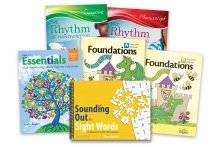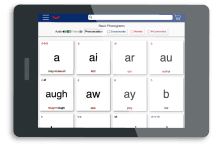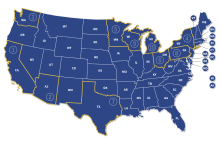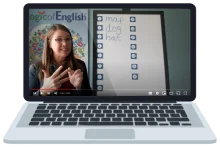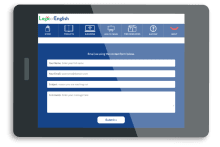1️⃣ Teach Students the Definitions and Not To Memorized Lists
When students learn that a vowel is a sound that can be sung and made louder and softer, they can test a sound to determine whether it is a consonant or a vowel instead of memorizing every possible vowel.
2️⃣ Have Students Do Experiments
Ask students to say a sound and decide if it is a consonant or a vowel. Guide them with questions. Can they sing it? Can they make the sound louder or softer? Is their mouth blocked or unblocked? For an extra added element of fun do these experiments in the mirror!
3️⃣ Test All the Sounds!
When a phonogram has more than one sound, test all of the sounds. For example, Y says /ĭ-ī-ē-y/. By singing the sounds and making them louder and softer, discover that /ĭ/, /ī/ and /ē/ are vowel sounds. Discover that /y/ is a consonant sound! That is right! Y can be either a consonant or a vowel, depending on which sound it is saying!
4️⃣ Ask Students To Test the Sounds of Both Single-Letter and Multi-Letter Phonograms
In addition to testing the sounds of a-z, ask the students to test sounds of multi-letter phonograms such as OY, which says /oi/. Discover together that /oi/ can be made louder and softer. It can be sung. The mouth is unblocked. The sound /oi/ is a vowel sound!
5️⃣ Teach Students the R-Controlled Vowels
There are six commonly used R-controlled vowels: ar, er, ear, ir, or, ur. Help students understand these sounds by first examining the consonant /r/ sound together. Discuss how /r/ is blocked by the tongue. Discover that you can sing /r/, but you can't make it louder and softer easily. The /r/ sound in English is a consonant because it is blocked, but it is also a bit like a vowel. When an R is next to a vowel, it colors the vowel sound as in car, her, earn, first, corn and turn.

